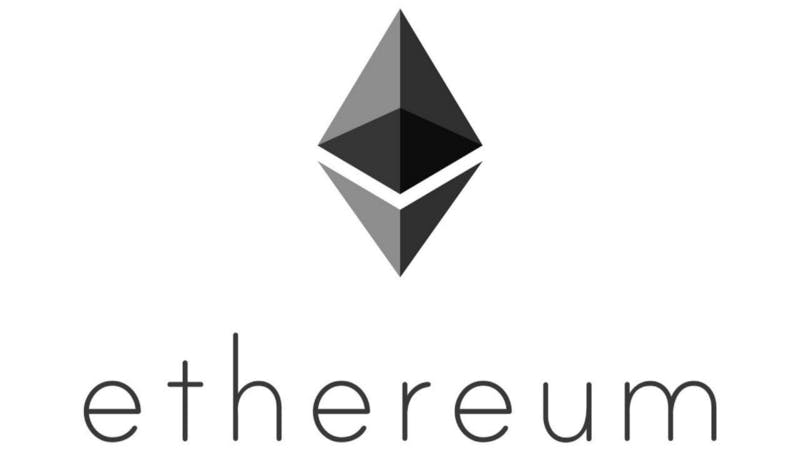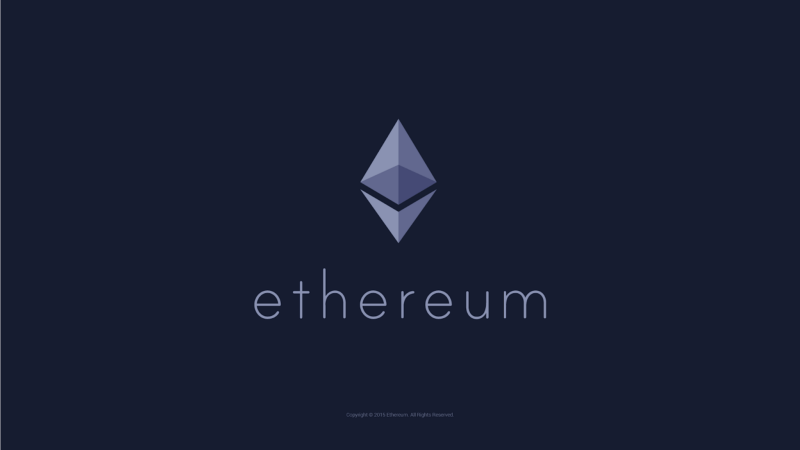
- All
- Tools
- Analytics
- Technical Analysis
- Trading
- Blockchain
- DeFi
- Guides
- Company News
- Educational
- Opinion
- Price Predictions
- Market News
- News
- Trading cases
- Practical guides
- Exchanges
- Trading signals
- Cryptocurrency
- Crypto bots
- Other
Become a crypto master
Learn everything about crypto,
trading and bots

Ethereum History (Part 1)
Start Trading on 3Commas Today
Get full access to all 3Commas trading tools with free trial period

The white paper that described the mechanisms of the Ethereum platform for creating decentralized applications (dApps) based on smart contracts appeared back in 2013. From the very start of the project, the idea of creating a platform for introducing blockchain technology into third-party projects was accepted and picked up by a huge number of startups and companies.
Today, Ethereum is the second-largest cryptocurrency in terms of capitalization. Ethereum became the leading platform for issuing more than 6 thousand different tokens during the ICO boom in 2017. Ethereum bypasses both TRON and EOS in terms of the number of users and the total cost of dApps transactions… Today Ethereum is the number one platform for a new wave of hype — DeFi.
In this series, we will talk about the stages of how the network was formed, the major updates and changes that take place during the transition to the Proof of Stake algorithm, and recall the most important events that played a role both for the Ethereum community and the entire crypto community as a whole.
First steps
The idea of creating the platform belongs to a Canadian programmer with Russian roots, Vitalik Buterin. In 2013, Bitcoin Magazine, co-founded and edited by Vitalik, published a piece describing the Ethereum platform concept. At the initial stages, the main idea was to create a platform for the development of dApps with integration into the Bitcoin network. But this proposal was rejected by the Bitcoin community. The creation and development of a separate blockchain for the use of smart contracts became the primary goal of the project later on.
According to Vitalik, the name “Ethereum” was taken from Wikipedia and stands for a “medium that permeates the universe and allows light to travel.”
The announcement of an upcoming project was published on January 23, 2014, in the article “ Ethereum: now going public“, which included a description of the platform, smart contracts, cryptocurrency, and DAO.
In June 2014, the Ethereum Foundation, a non-profit foundation, was established to support the Ethereum cryptocurrency platform’s development.
The project’s ICO took place from July 20 to September 2, 2014, in which the developers were able to collect about 31,500 BTC, which corresponded to $18,450,000. During the pre-sale, 1 BTC could get you 2000 ETH.
The platform has been tested since early February 2014, since the introduction of the Proof of Concept Ethereum.
A Proof of Concept (PoC) is an application prototype designed to test that certain concepts or theories have the potential for the actual application.
The first public testnet was launched in the spring of 2015 and was named Olympic. Users spammed the network with transactions, created nodes, and tried to disrupt the network. For their efforts, users received bounties paid in ETH by the foundation. Olympic was the last phase in the development of Ethereum before the launch of the basic network implementation — Frontier.
Ecosystem formation
The main development phase of Ethereum was divided into parts, so the development process was carried out smoothly and consistently. July 30, 2015, is considered the launch day of the network since it was on that day ‘the first version of the network, the Frontier Network, was launched.’
An important feature of this version was that the developers did not guarantee the platform’s safety and reliability. Frontier was aimed primarily at developers and tech-savvy users. It was these early users who had to form an active ecosystem. With this release, users could initiate transactions, mine, create and test smart contracts and dApps.
Another interesting feature in this version was the so-called “Canary contracts”. These are contracts switching between the values of 1 and 0. Each contract was controlled by members of the development team. In fact, throughout the life of Frontier, developers have been able to undo users’ actions on the network.
The next step in gaining popularity of the platform was the Ethereum based ICO. The concept of ICO (Initial Coin Offering) was introduced in 2013 while fundraising for the MasterCoin project (later renamed OmniLayer), a secure transaction solution for Bitcoin 2.0. Ethereum is a platform engineered to become the base for smart contracts with the ability to create cryptocurrency tokens. It allows you to create new tokens on its blockchain using the ERC-20 protocol. The first Ethereum ICO was held on August 17, 2015, and became the foundation for the Augur decentralized prediction market project. During the ICO, REP tokens have raised over $5 million. This event gave impetus to the ICO boom on the Ethereum platform.
In the spring of 2016, Homestead, the first stable version of the protocol, was released. In this version of the network, “Canary contracts” were disabled, and changes were made to the EIP (Ethereum Improvement Proposal), which improved protection against spam attacks and network compatibility of future changes in the protocol.
EIP’s are proposals to improve the operation of Ethereum outside the network, similar to the BIP (Bitcoin Improvement Proposal) in the Bitcoin network.
All subsequent updates since Homestead have been hard forks, aiming at improving the platform.
Community split
One of the possibilities of the blockchain is the creation of Decentralized Anonymous Organizations (DAO’s). It is a new type of organization based on a smart contract that governs how an organization makes decisions. DAO tokens provide voting and control rights to their owners.
The Ethereum development team, together with a group from the startup Slock.it, developed “The DAO,” a decentralized organization built on the Ethereum blockchain. For the first time in history, an organization whose members could track invested funds in real-time was created. The management process is carried out using automated systems. Essentially, a community-run digital company was created. After the DAO saw its crowd sale on April 30, 2016, about $150 million was raised from 20 thousand investors.
But on June 17, the project was attacked. 3.5 million ETH was stolen. The attackers used a recursive call vulnerability, which many community members had warned about a week before the hack, but the team from Slock.it did not take the statements seriously, which cost the project $50 million (approximately 15% of all ETH in circulation) and led to The DAO’s collapse.
The recursive invocation vulnerability allowed the smart contract’s user to withdraw twice as much ether as was invested and transfer funds to the child DAO. This took place because of a typographical error in the code. The stolen funds could not be withdrawn due to the existing 27 days window, required while creating child DAOs. Developers took this time to find solutions to the problem. The only thing that the developers could do to recover the stolen funds was to go for a hard fork.
The largest mining pools voted to see if they were ready to implement the hard fork. Most of the miners agreed, so it was decided to return the invested ETH to the users. All DAO tokens were frozen and sent to a new address, which allowed people to withdraw the invested funds.
The split in the community occurred precisely because of the decision of the majority to carry out a hard fork. It was decided to return the system to the state before the creation of The DAO, thereby declaring the stolen ETH invalid. It was a controversial decision as part of the group that disagreed with the decision, announced that it would not violate the decentralization principle since the blockchain must be immutable and smart contracts have got to stay self-sufficient. Thus, the crypto community ended up with two independent blockchains — Ethereum, which returned funds to investors, and Ethereum Classic, which preserved the original blockchain.
It is worth noting that the Ethereum Classic community is working to improve interoperability between the two blockchains and has its own eventful development history.
After the hack of The DAO project, the Ethereum price dropped by almost 50% and fluctuated around $11.
In the following articles, we will talk about the troubles that awaited developers after “The DAO” events, the most critical updates carried out on the network, and events associated with the shift towards the PoS algorithm.

A proven leader, successful at establishing operational excellence and building high-performance teams with a sharp focus on value creation and customer success.





